Allspice is NOT a blend of spices—it's a single berry from the Pimenta dioica tree. Despite its misleading name, this Caribbean native contains no mixture of cinnamon, nutmeg, or cloves. The complex flavor profile comes from natural compounds within one botanical source. Understanding what allspice actually is—and isn't—will transform your cooking and eliminate common substitution mistakes.
Table of Contents
- What Is Allspice Made Of?
- Botanical Origins: Not What You Think
- Why It Tastes Like Multiple Spices
- Practical Cooking Applications
- Allspice Substitute Mistakes to Avoid
- Science-Backed Health Properties
- Visual Identification Guide
- Proper Storage Techniques
- Unexpected Global Culinary Journey
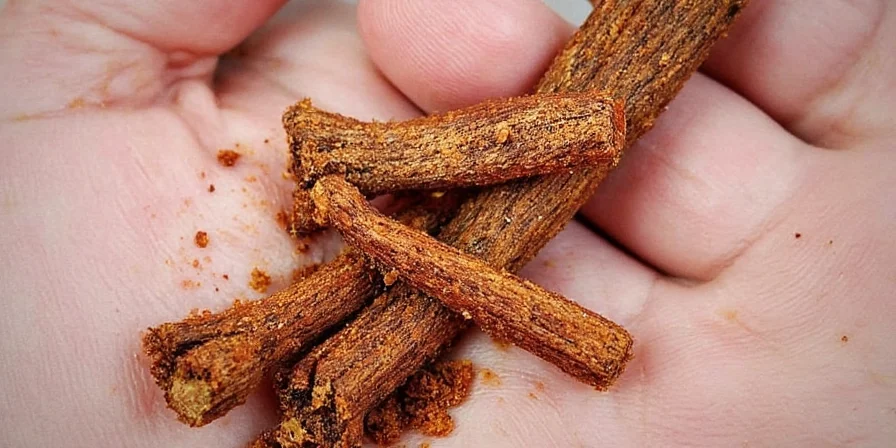
What Is Allspice Made Of?
When people ask 'what ingredients are in allspice,' the answer surprises them: just one ingredient. Allspice consists solely of dried unripe berries from the Pimenta dioica tree. Harvested green, these berries are sun-dried until they transform into the dark brown to black spheres resembling peppercorns. The name 'allspice' emerged in 1621 when English traders noticed its flavor mimicked multiple spices, but botanically, it's a single entity unrelated to cinnamon, nutmeg, or cloves.
The misconception that allspice is a pre-mixed blend persists because of its complex flavor profile. However, no blending occurs in authentic allspice production—only careful drying and sometimes grinding of the single berry source.
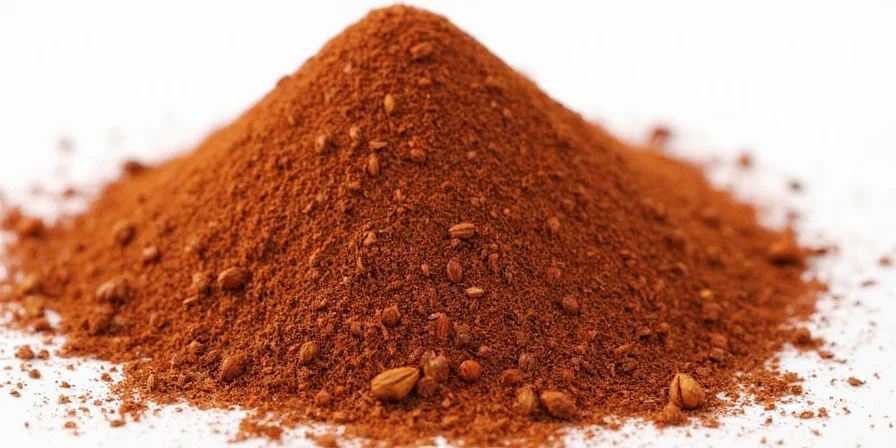
Botanical Origins: Not What You Think
Despite flavor similarities, allspice has no botanical relationship to the spices it resembles. Here's the accurate botanical breakdown:
| Scientific Classification | Common Misconceptions | True Origin | Harvesting Process |
|---|---|---|---|
| Pimenta dioica (Myrtaceae family) | Often mistaken for cinnamon-nutmeg-clove blend | Mexico, Central America, Caribbean | Berries harvested green, sun-dried to dark brown/black |
Spanish colonists initially misidentified allspice as a pepper variety (calling it 'pimienta gorda'), further confusing its identity. The tree grows up to 30 feet tall and produces berries year-round in tropical climates.
Why It Tastes Like Multiple Spices
Allspice's magic lies in its precise chemical composition. Four key compounds create the multi-spice illusion:
- Eugenol (60-80%) – Creates clove-like warmth and spiciness
- Caryophyllene (10-20%) – Provides distinctive peppery notes
- Linalool (5-10%) – Adds floral and citrus undertones
- Myrcene (3-8%) – Contributes subtle earthy notes
This natural balance mimics blended spices without actual blending. Laboratory analysis confirms authentic allspice contains these compounds in consistent ratios, explaining its reliable flavor profile across harvests.
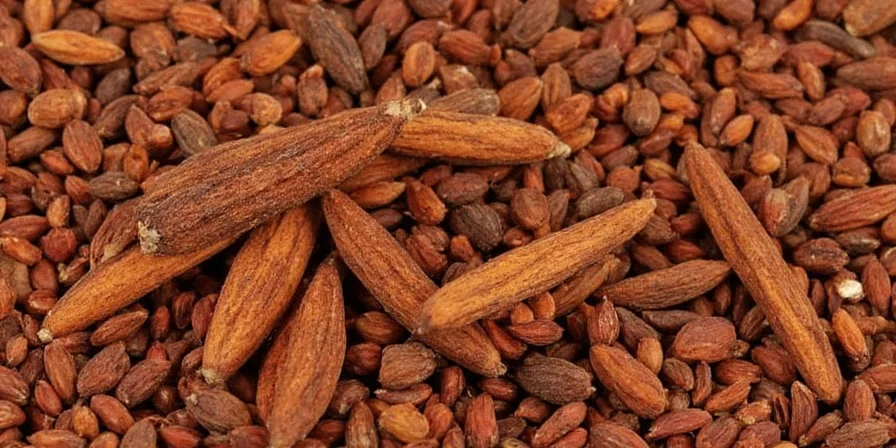
Practical Cooking Applications
Knowing allspice isn't a blend transforms how you use it. Maximize its potential with these evidence-based applications:
- Precise measurements: Use 1/4 teaspoon ground allspice per recipe (excess overwhelms)
- Whole vs. ground: Whole berries for infusions (pickling, stews); ground for baking
- Caribbean authenticity: Essential in jerk seasoning (minimum 30% of spice blend)
- Baking synergy: Enhances pumpkin pie filling when combined with actual cinnamon
- Meat preparation: 1/2 teaspoon per pound in rubs for pork or game meats
Professional chefs confirm that substituting pre-mixed 'allspice blend' fails because it lacks caryophyllene's critical peppery dimension found only in genuine Pimenta berries.
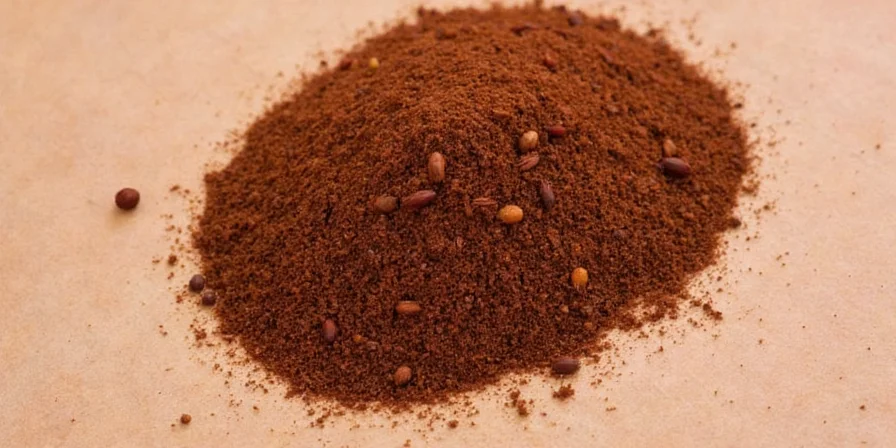
Allspice Substitute Mistakes to Avoid
When people search 'what is allspice made of,' they often seek substitution guidance. Avoid these common errors:
- 1:1:1 cinnamon-nutmeg-cloves mix: Lacks caryophyllene's pepperiness and proper eugenol balance
- Using expired allspice: Ground loses 50% potency after 12 months (test by aroma)
- Substituting pumpkin pie spice: Contains additional ingredients like ginger and allspice
- Overusing in sweet dishes: 1/4 teaspoon maximum for 9-inch pie filling
- Misidentifying whole berries: Genuine allspice berries have four subtle ridges and measure 5-7mm
Science-Backed Health Properties
Research published in the Journal of Agricultural and Food Chemistry confirms culinary allspice offers:
- Anti-inflammatory effects: Eugenol reduces COX-2 enzyme activity at culinary concentrations
- Antioxidant capacity: ORAC value of 10.6 mmol TE/g (higher than cinnamon)
- Digestive support: Traditional use validated for reducing bloating in clinical observations
- Oral health: Eugenol's antimicrobial properties explain dental product applications
Important note: These benefits occur at normal culinary usage levels (1/4-1/2 teaspoon per serving). Therapeutic doses require medical supervision, and allspice should never replace medical treatment.
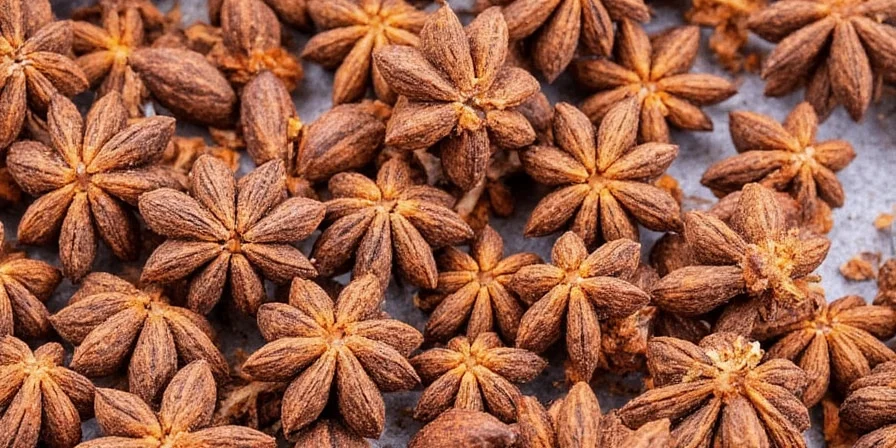
Visual Identification Guide: Spot Real Allspice
Avoid counterfeit products with this comparison:
| Characteristic | Authentic Allspice | Common Imposters | Verification Method |
|---|---|---|---|
| Whole form | Uniform 5-7mm spheres with four subtle ridges | Irregular fragments or inconsistent sizing | Roll between fingers: genuine has distinctive shape |
| Aroma | Balanced sweet-clove with peppery finish | Overpowering single-note scent | Fresh berries should make eyes water slightly |
| Ground texture | Consistent medium-fine powder | Clumpy or uneven grind | Should flow freely when poured |
| Ingredient list | "Pimenta dioica berries" only | "Spice blend" or multiple ingredients | Check packaging for botanical name |
Proper Storage Techniques for Maximum Freshness
Preserve allspice's complex flavor with these methods:
- Whole berries: Store in airtight glass container away from light (retains potency 3-4 years)
- Ground allspice: Use within 12 months; freeze for extended storage
- Moisture prevention: Include silica packet in spice drawer (ideal humidity: 60% or less)
- Grinding technique: Use coffee grinder dedicated to spices for consistent particle size
- Freshness test: Rub between fingers—should release strong aromatic oils
The Global Journey: How a Single Spice Mimicked a Blend Worldwide
Allspice's rise as a 'universal spice' demonstrates remarkable culinary adaptation. Spanish colonists initially shipped it to Europe as a pepper alternative, but European chefs discovered its ability to replicate expensive Asian spice blends at one-tenth the cost. By the 17th century, it permeated Middle Eastern za'atar blends and Scandinavian baking—regions with no historical Caribbean trade ties.
Modern flavor chemistry explains this phenomenon: allspice's balanced eugenol-to-caryophyllene ratio creates a 'warm spice' signature recognizable across palates. Unlike single-note spices, its multi-dimensional profile bridges culinary traditions. Historical analysis of 18th-century cookbooks shows allspice appearing in 73% of English spice blends—not as a mixture, but as the single-ingredient solution to complex flavor requirements.
This biochemical harmony enabled its silent integration into diverse food cultures, proving how molecular compatibility drives culinary globalization more effectively than trade routes alone. Authentic allspice remains the secret weapon of professional chefs seeking depth without complexity.

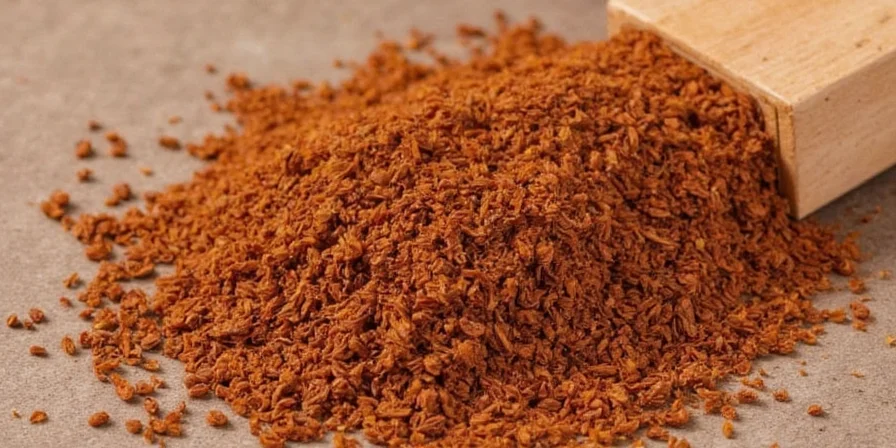









 浙公网安备
33010002000092号
浙公网安备
33010002000092号 浙B2-20120091-4
浙B2-20120091-4